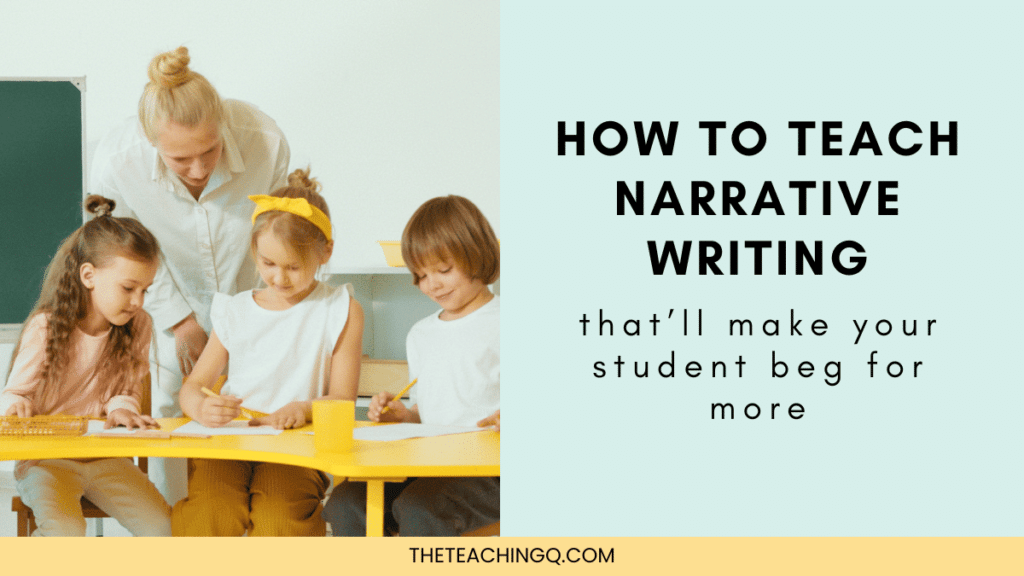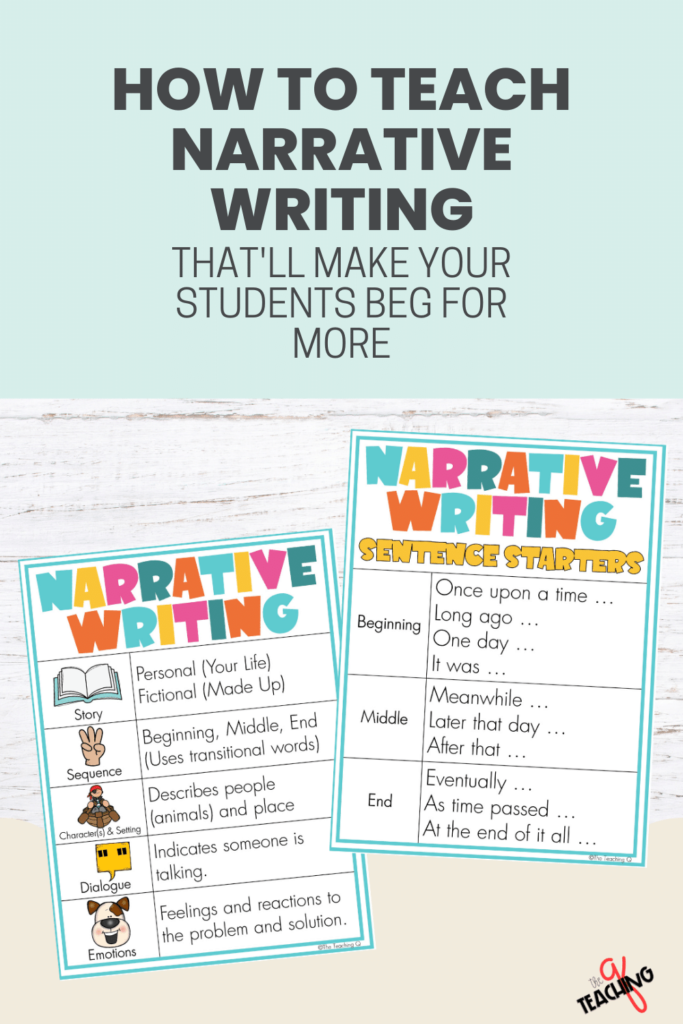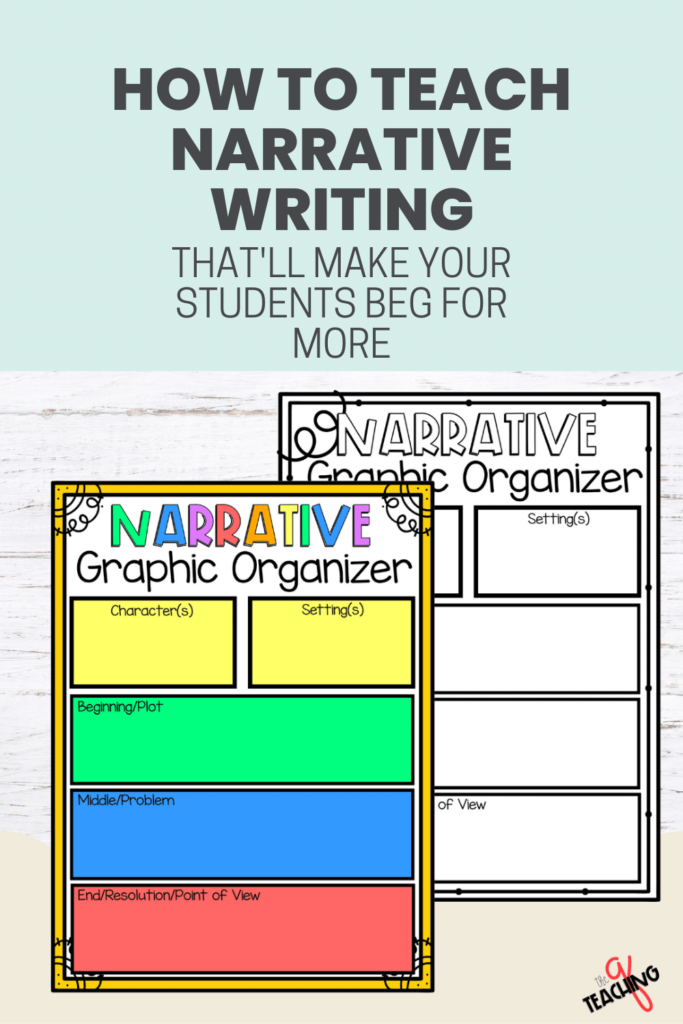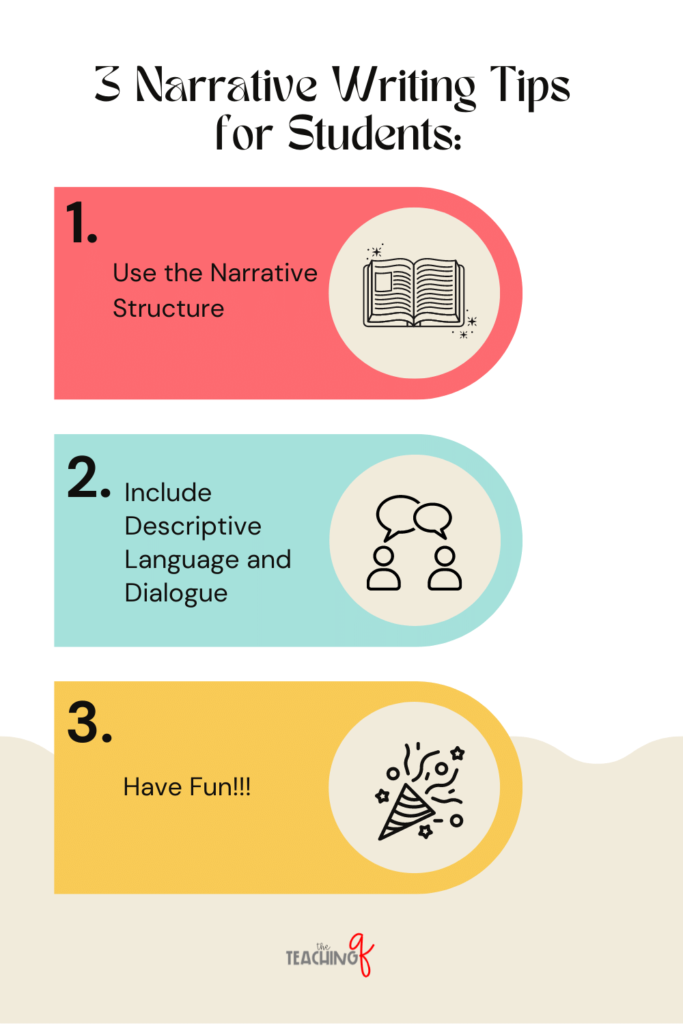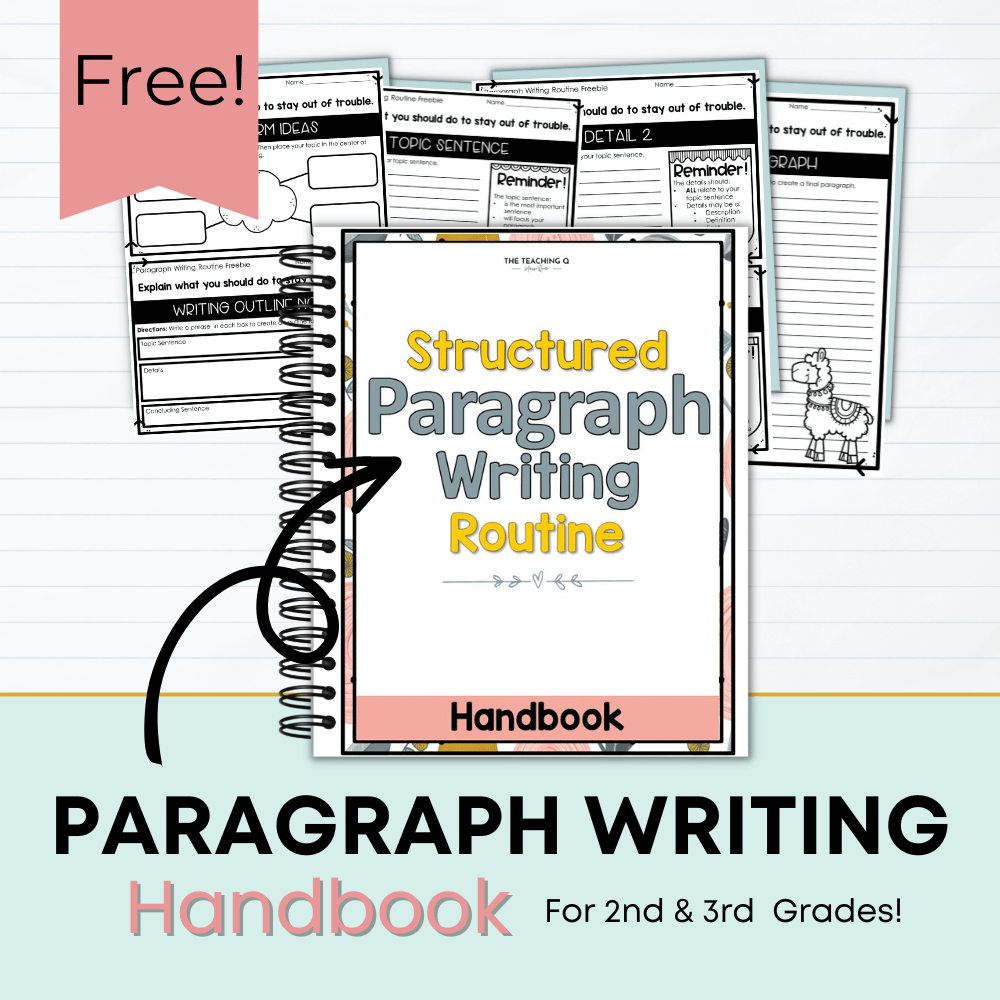If you’ve ever had the misfortune of having to sit through a boring story, you know how important it is to teach narrative writing skills to develop storytelling skills.
A good storyteller can make even the most mundane events sound exciting.
On the other hand, a bad storyteller can make even the most exciting events sound boring. That’s why, as an elementary teacher, it’s important that you know how to teach narrative writing.
After all, what’s a better way to get your students excited about writing than by teaching them how to tell a good story?
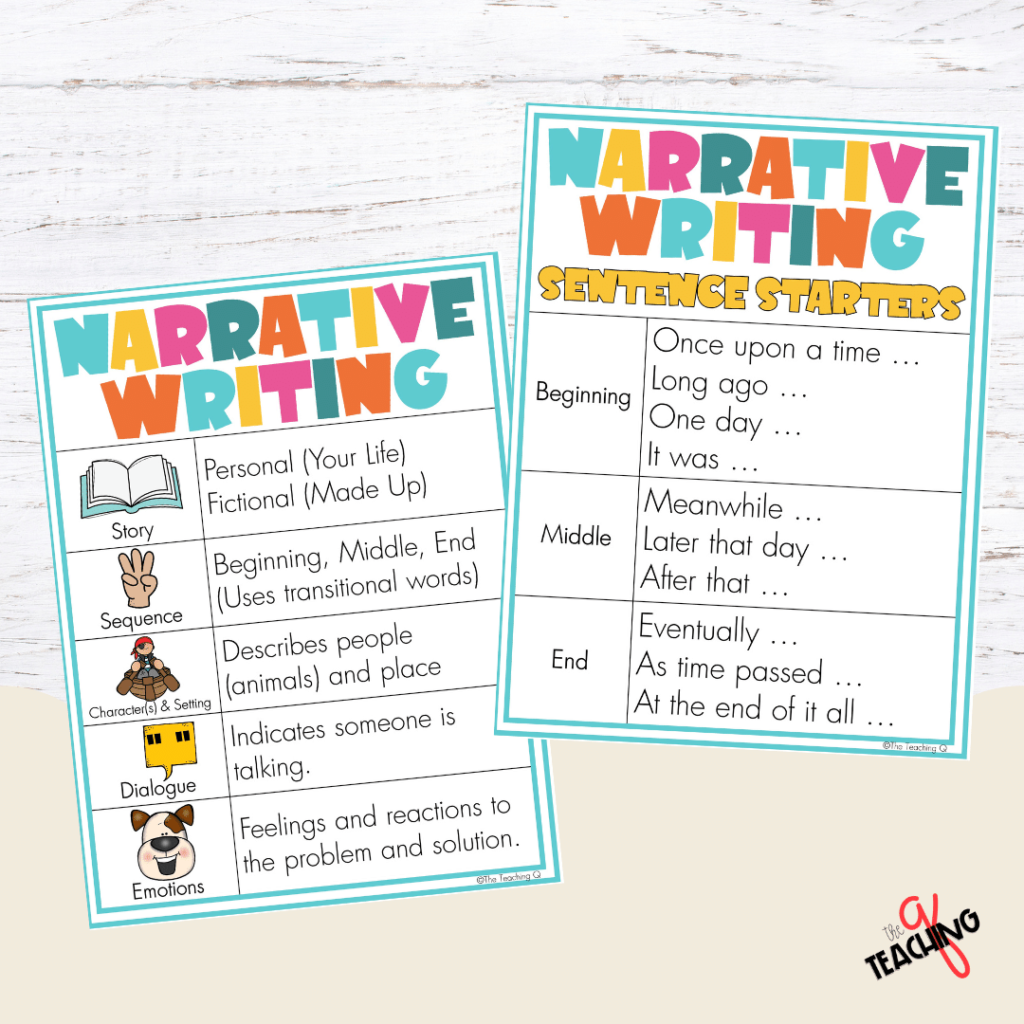
How to Teach Narrative Writing Elements
The first thing you need to do when teaching narrative writing is to explain what a narrative is. A narrative is simply a story. It can be true or fiction; it can be long or short; it can be about anything at all.
The only requirement for a narrative is that it has a beginning, middle, and end. All other elements are up to the student. This gives them a lot of freedom to be creative and come up with an interesting story.
It’s important to remind them to include all the important elements of a story- Characters, setting, and plot (beginning, middle, and end)- in their writing. This will help them create a well-rounded and enjoyable story.
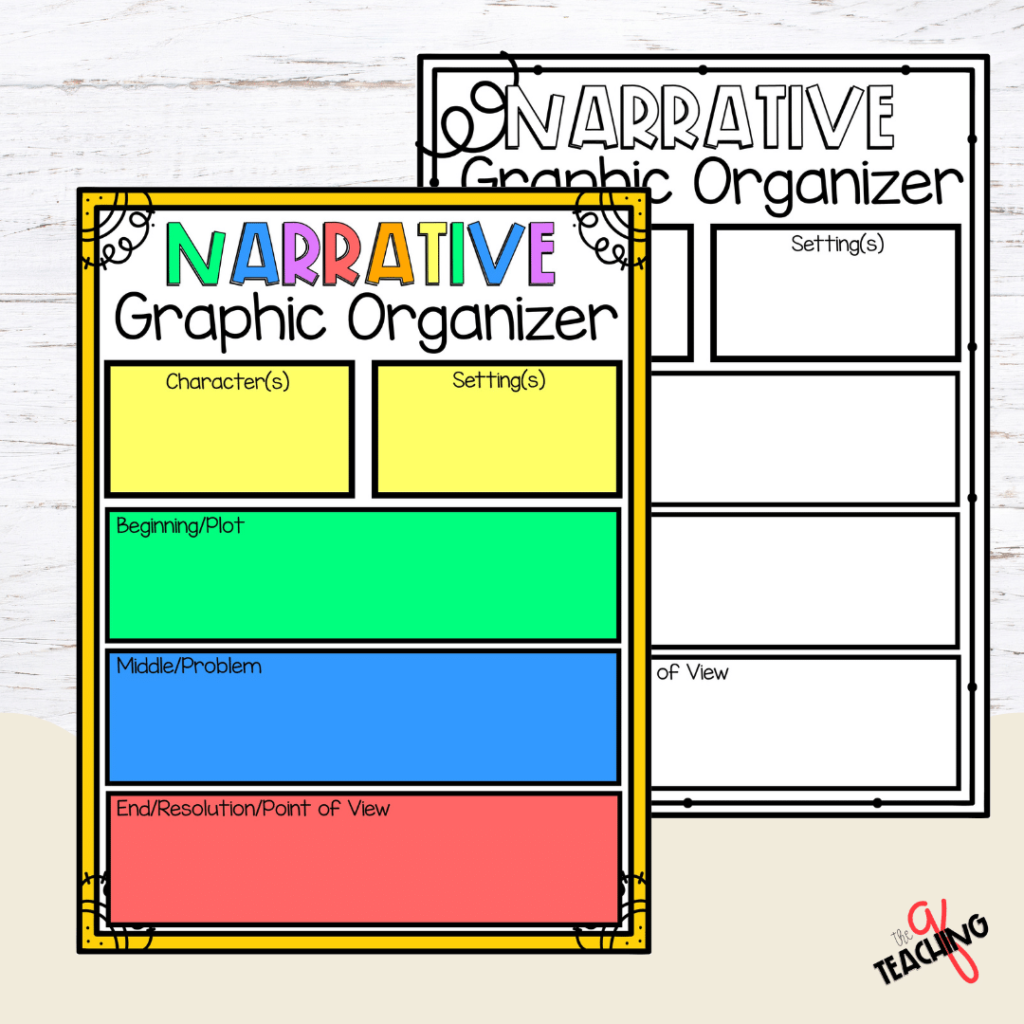
How to Teach Narrative Writing by Brainstorming Ideas
You can complete the next step as a class or have your students do it individually. If you do it as a class, put some prompts on the board and have your students come up with ideas based on those prompts. For example, you could say, “Write a story about a time when you were extremely embarrassed,” or “Write a story about your best friend.”
Next, have students close their eyes and imagine themselves in the scenario. For instance, they could imagine being lost in the wilderness or finding a secret treasure. Once they have some ideas, provide time for students to share their ideas with a partner.
Finally, you’ll provide students with a key element to teaching narrative writing, an all-important graphic organizer.
Using a graphic organizer is important when teaching students how to write a narrative because it helps them organize their thoughts and ideas.
This is especially helpful for younger students who may not have much experience with writing. Additionally, it will help them plan their story before they start writing. By having a clear plan, they’ll be more likely to write a cohesive and interesting story.
Once students have some ideas recorded on the graphic organizer, give them a few minutes to share their ideas with the person sitting next to them. This will help them refine their ideas and get feedback from someone else.
It’s important to encourage students to be open to feedback and constructive criticism- this will only make their stories better. Additionally, by sharing their ideas with someone else, they’ll be more likely to develop a creative and well-rounded story.
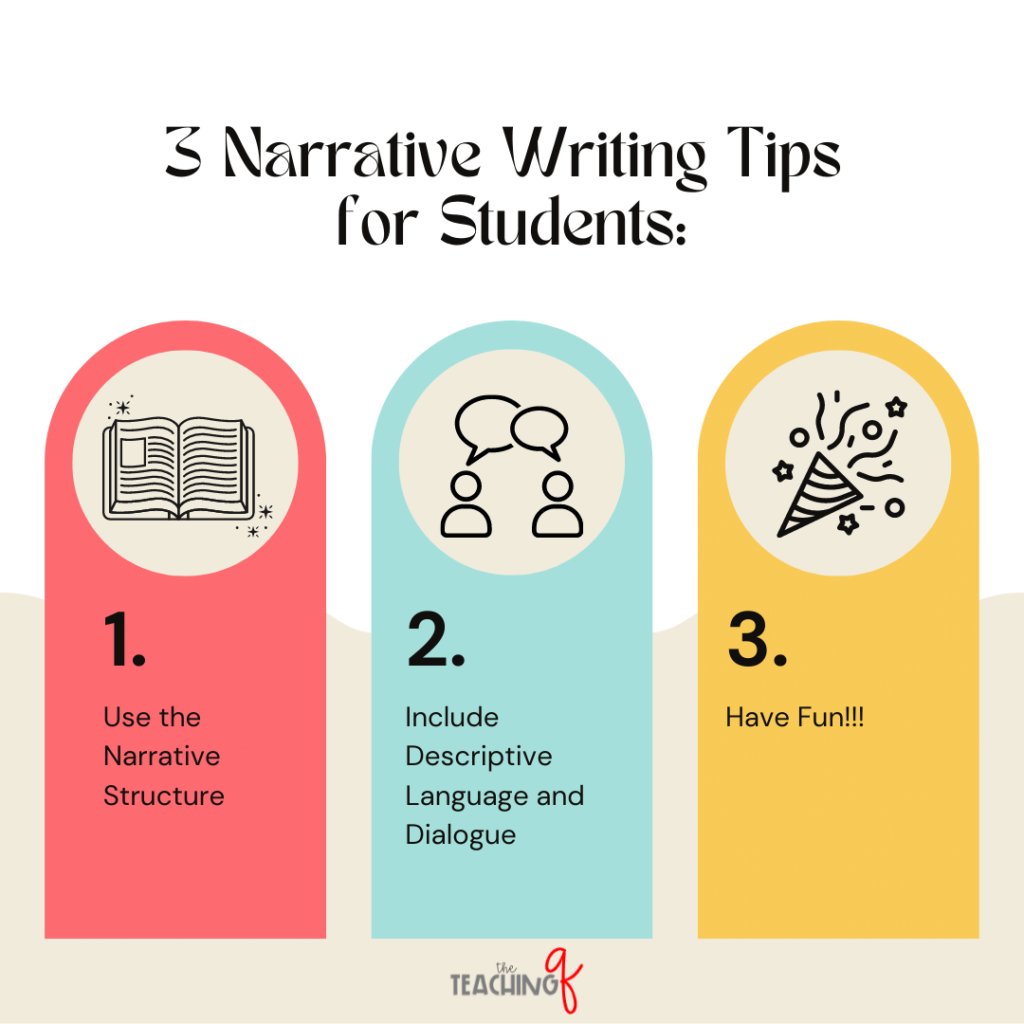
How to Narrative Writing Tips
Once your students have come up with some ideas, it’s time to start writing their stories. This is where things can get a little bit more challenging, especially for younger students who may not have much experience with writing. You can help them out by giving them some helpful tips to follow.
Tip #1-Use the Narrative Structure
It’s important to remind students to include all the important elements of a story in their writing. Yes, explicitly stating and reminding students to include the character, setting, beginning, middle, and end notes in their stories is needed.
We sound like a broken record, but the results will be worth it.
The narrative structure will help students create a well-rounded and interesting story. This is especially helpful for younger students who may not have much experience with writing.
Tip #2-Include Descriptive Language
Encouraging students to use descriptive language is important because the more detail they include, the more interesting their story will be.
Examples of descriptive language in narrative writing include using adjectives to describe characters, settings, and plots. This is important to bring the story to life and make it more enjoyable to read. Additionally, using descriptive language will help create well-rounded and interesting characters, settings, and plots.
Providing examples of descriptive language found in stories or read-aloud books is an excellent way to drive the point that descriptive language will help bring their stories to life and make them more enjoyable to read.
Tip #3- Have Fun!
Telling students to have fun is important because this is their chance to be creative and use their imaginations. This is an important part of the writing process and will help them create interesting and enjoyable stories.
Additionally, by having fun with this, they’ll be more likely to want to write in the future. Who knows- maybe one of your students will grow up to be the next J.K. Rowling!
When students are finished writing, encourage them to share their stories with the class. This is a great way for them to get feedback from their peers and to see how other people have approached the same prompt. It’s also a fun way for everyone to enjoy each other’s stories!
Most importantly, by sharing their stories, students will be more likely to want to revise and edit them- which is always a good thing.👍
If you’d like to learn about creative ways students can share their writing, I have this blog post you can read.
Teaching narrative writing doesn’t have to be difficult. By following these simple steps—explaining what a narrative is, brainstorming ideas, and providing some helpful tips—you’ll have your students writing stories that are so good they’ll beg for more.
If you’re looking for ready-made resources to use when you’re teaching kids how to write a narrative, I’ve got your back. The following resources will walk your students through each step with ease!
- Apple Narrative Writing & Craft
- Pirate-Themed Narrative Writing Unit
- Outer Space-Themed Narrative Writing Unit
- St. Patrick’s Day Narrative Writing & Craft
- Tooth Fairy-Themed Narrative Writing Unit
- Skate Boarding Personal Narrative Unit
- Santa’s Sleigh Writing & Craft
Looking for more writing tips and resources? I’d love to have you join my email list and give you a FREE paragraph writing resource. Just pop your name and email into this simple form, and I’ll be sure to send the FREEBIE your way.

Are your students struggling and making very little progress in writing? Or maybe they’re unmotivated or a reluctant writer? If so, I’ve got your back.
Yes…I…Do!
Let me share my secret sauce when it comes to teaching writing to elementary students.
It’s the Sentences, Paragraphs, and Essays: OH, MY! E-book.
Click this link to learn more about how the E-Book can transform your students’ chicken scratch, hap-hazard writing into strong, effective, glorious writing!
Let’s support student writing together!
–Melissa

